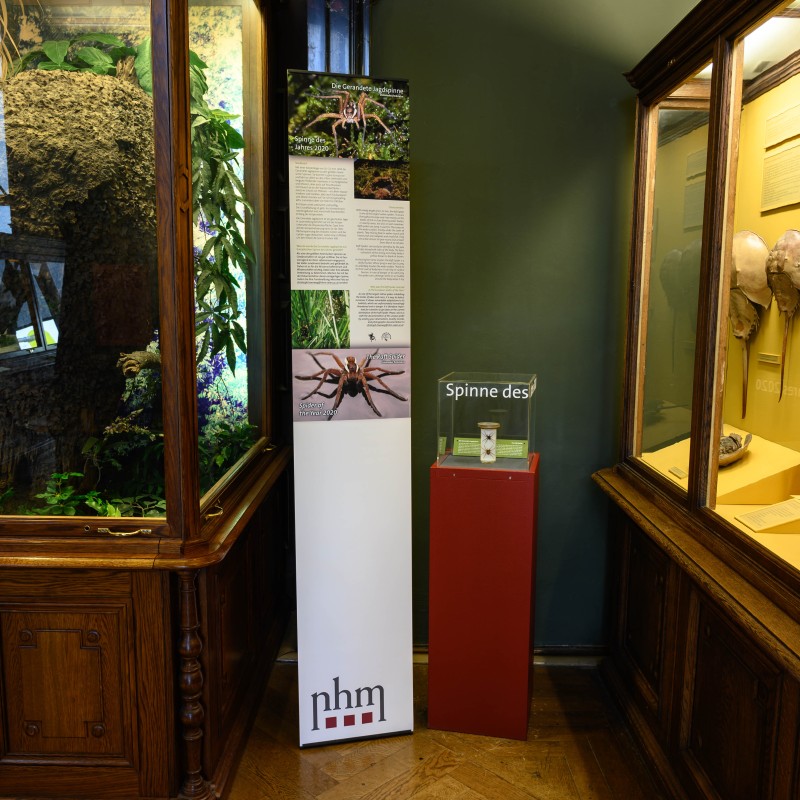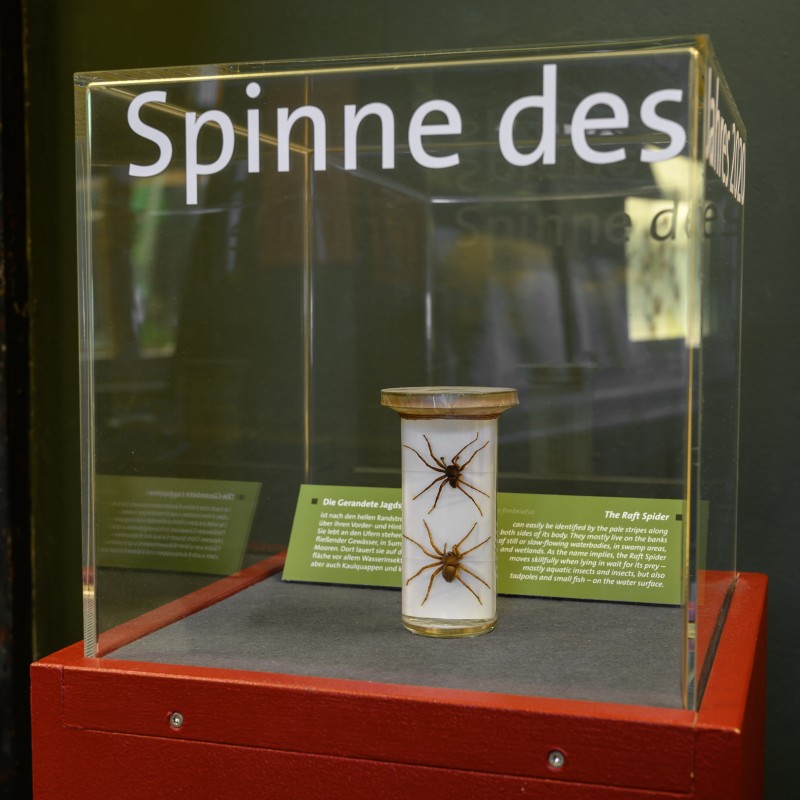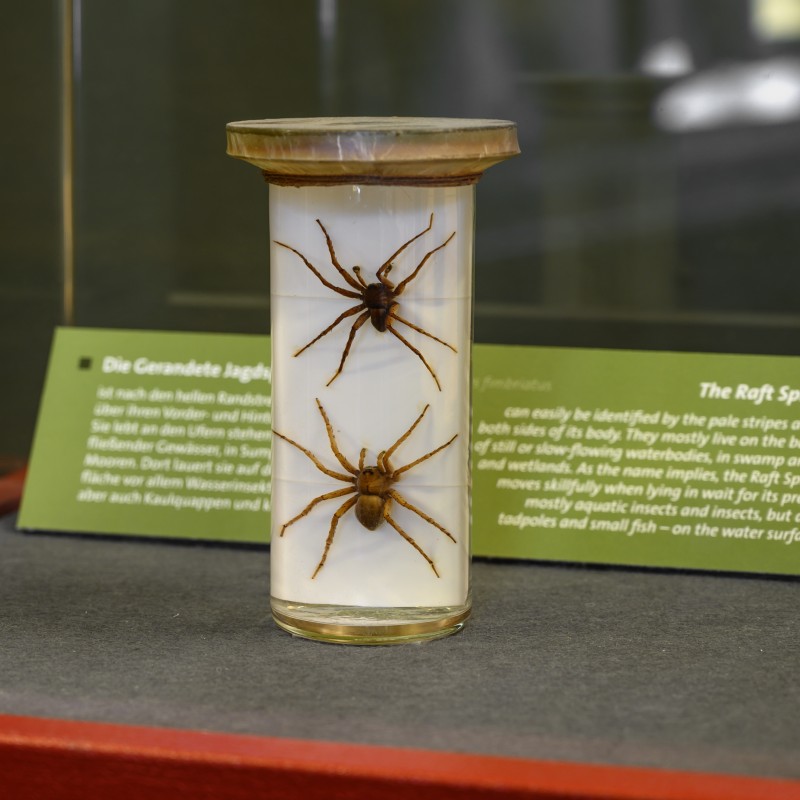Two-humped pirate spider
Ero furcataCharacteristics
With a body length of 2.5 – 4.8 mm, the Two-Humped Pirate Spider is one of the smaller spiders. It occurs throughout Europe and lives in natural settings, typically on forest floors, but also at forest edges and in bushes. It exclusively feeds on other spiders by entering their webs, pretending to be a prey item, and thus attracting them. When the owner of the web comes close, it is captured and finally sucked dry.
The basic body coloration of the Two-Humped Pirate Spider is light-brown; the cephalothorax shows black markings in the middle, the rounded abdomen has dark patches and two blunt humps near the front.
By day, the Two-Humped Pirate Spider hides beneath leaves or twigs and is quite difficult to find. Its characteristic drop-shaped egg sacs which are fixed beneath protrusions by thin, but stiff, ca. 15 mm long threads, can be discovered more easily.
Why was the Two-Humped Pirate Spider selected as the European Spider of the Year?
The Two-Humped Pirate Spider was chosen because of its unusual way of feeding, but also because of its characteristic egg sacs which draw attention to the different ways of spider silk production and use.
As it is important for scientists to get data on the current distribution, please, assist us with the documentation of this unique spider (or its egg sacs) by sending your observations, locality records, and photographic documentation to .
On display in hall 24.
Weblink to the Arachnological Society.
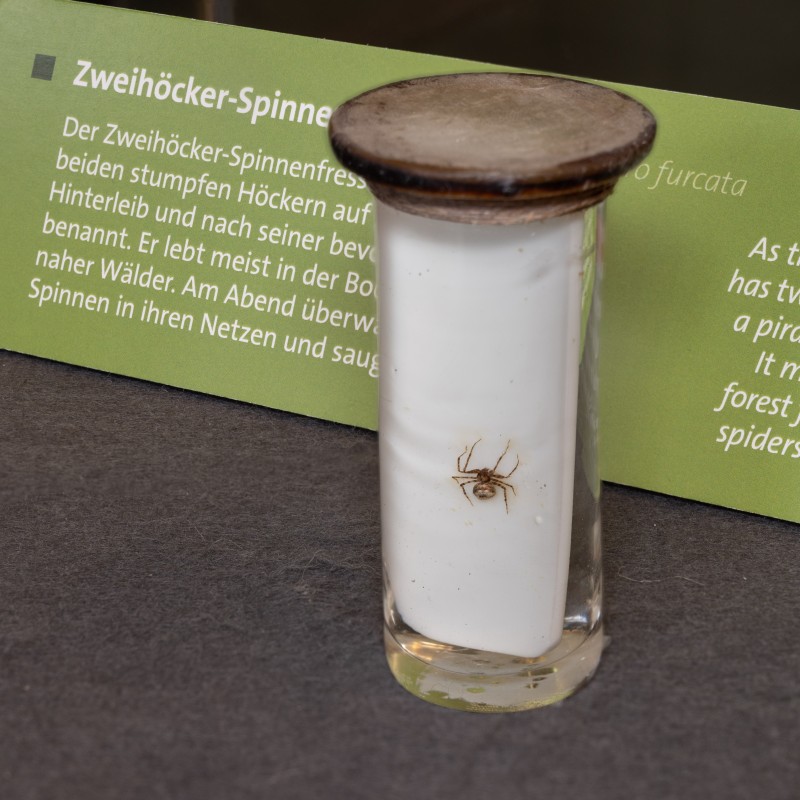
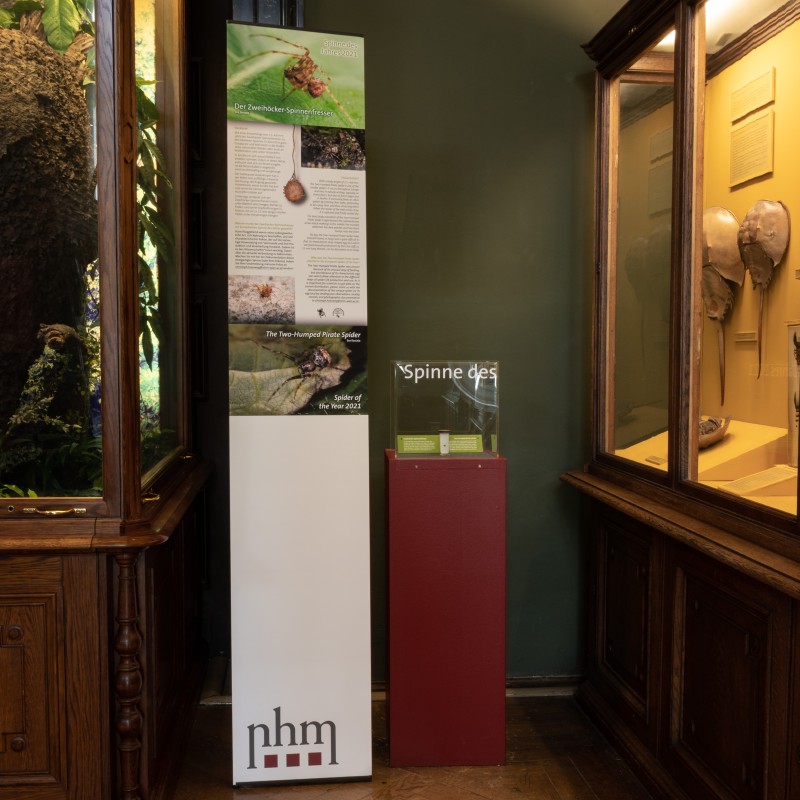
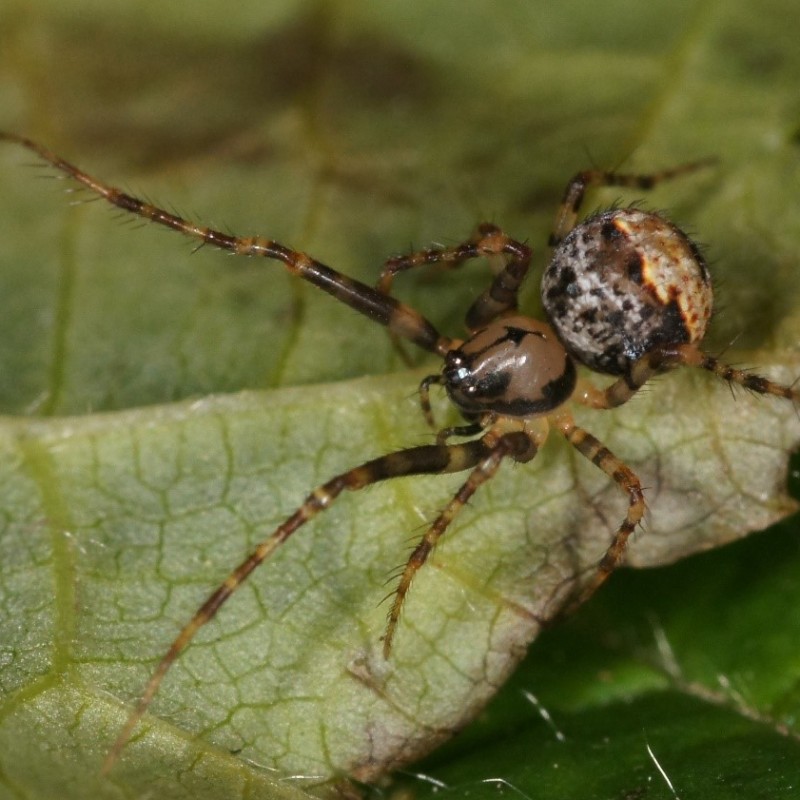
Spider of the Year 2020: The Raft Spider
Dolomedes fimbriatusWith a body length of 10-22 mm, the Raft Spider is one of the largest native spiders. It occurs throughout Europe and lives mainly on the banks of still or slow-flowing water bodies, in swamp areas, but also on wet meadows. Raft spiders are lying in wait for their prey on the water surface, mostly under the cover of plants. They mainly feed on water insects and insects, but also tadpoles and small fish. They are active almost all year round, but at least from March to October.
Raft Spiders can easily be identified by the pale stripes along both sides of the body. The basic coloration of the strong and stocky body is yellow-brown to blackish-brown.
As the English name implies, the Raft Spider is a skillful hunter. When lying in wait for its prey, its underbelly touches the water surface. Thanks to its thick coat of body hairs it can rely on surface tension. In case of danger, or to catch prey, the spider can submerge, while an air bubble around the body keeps it dry.
Why was the Raft Spider selected as the European Spider of the Year?
As one of the largest native spiders inhabiting the banks of lakes and rivers, it is easy to detect; moreover it shows remarkable adaptations to its habitats, which are unfortunately increasingly threatened and in danger. It is therefore important for scientists to get data on the current distribution of the Raft Spider. Please, assist us with the documentation of this unique spider by sending your observations, locality records, and photographic documentation to .
On display in hall 24.
